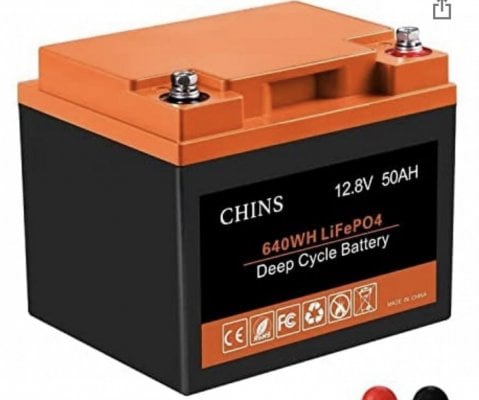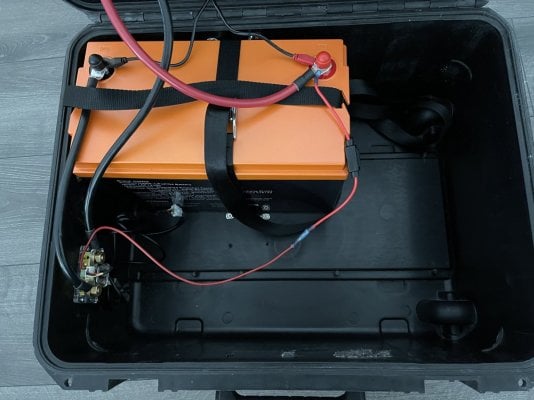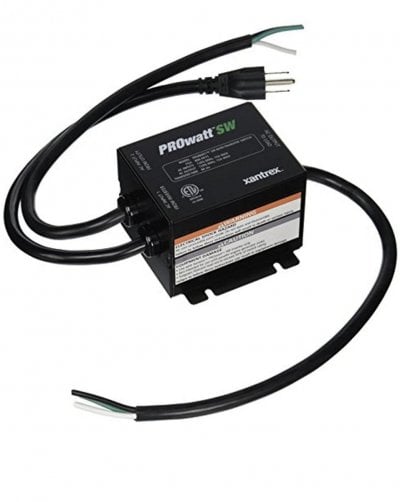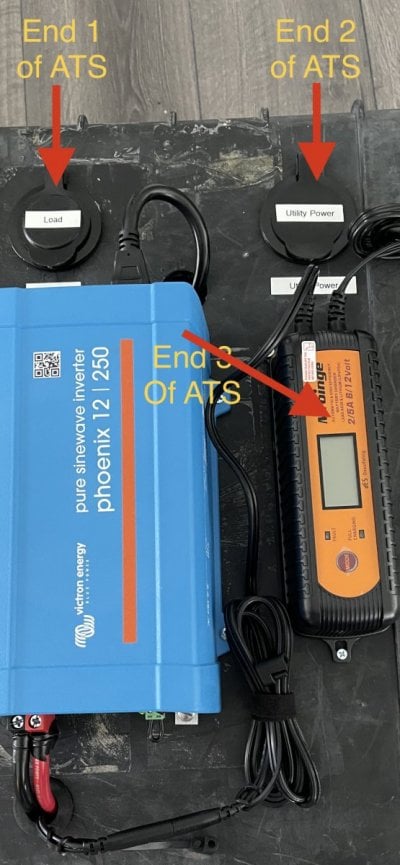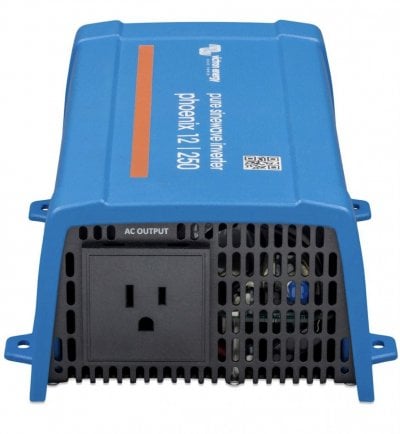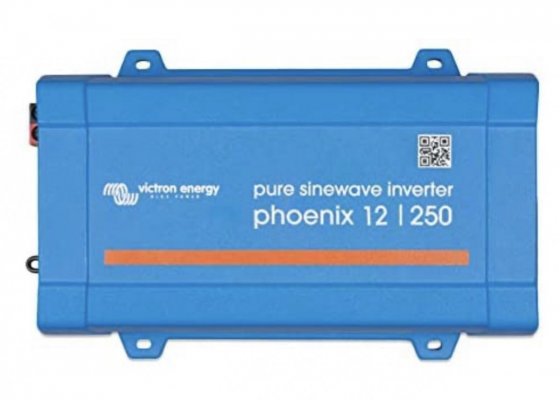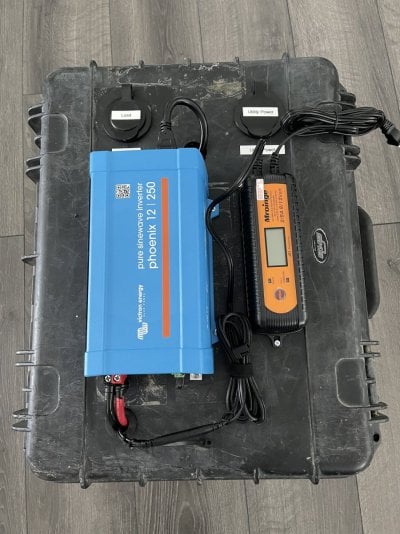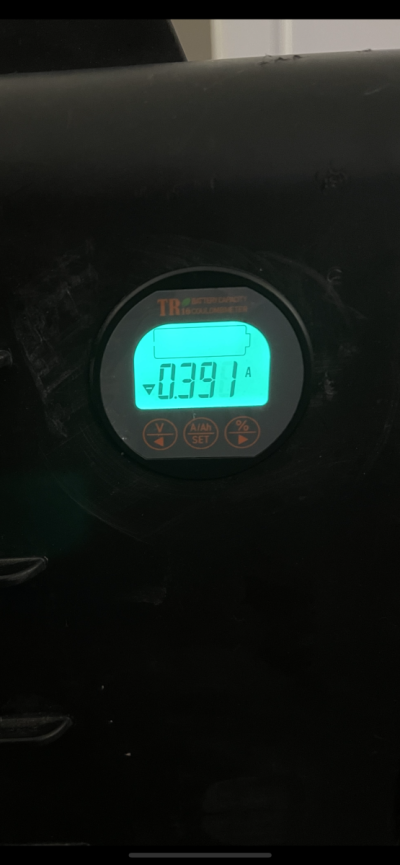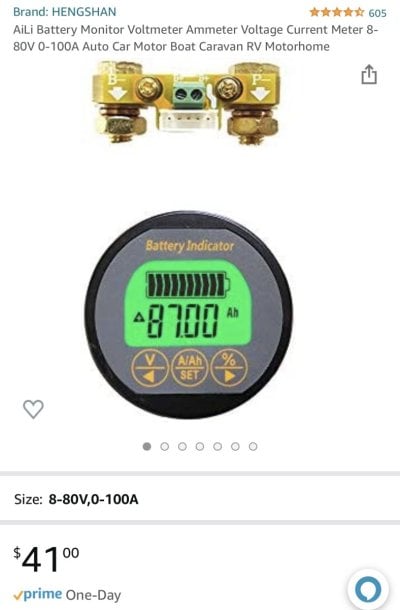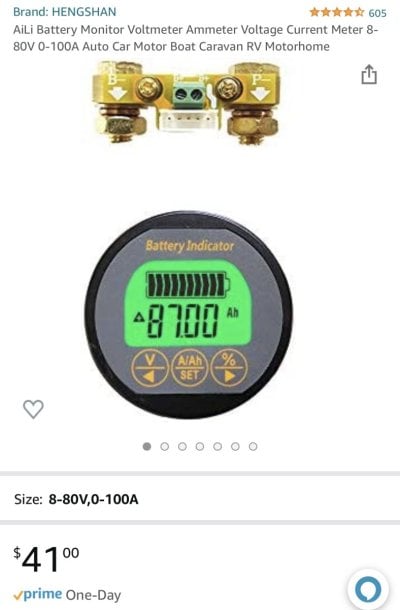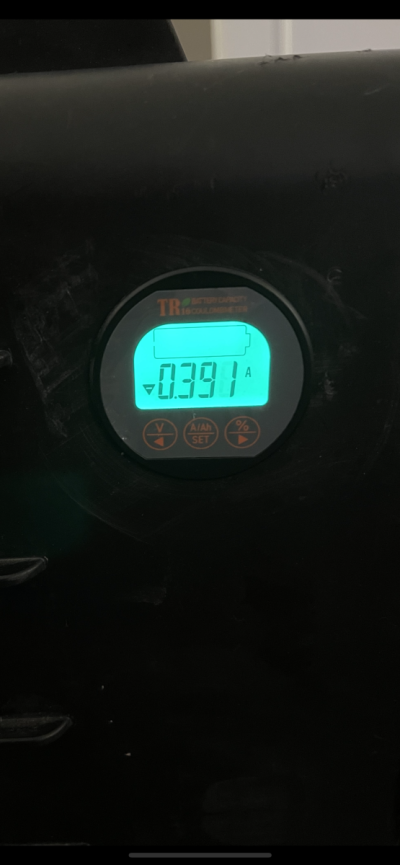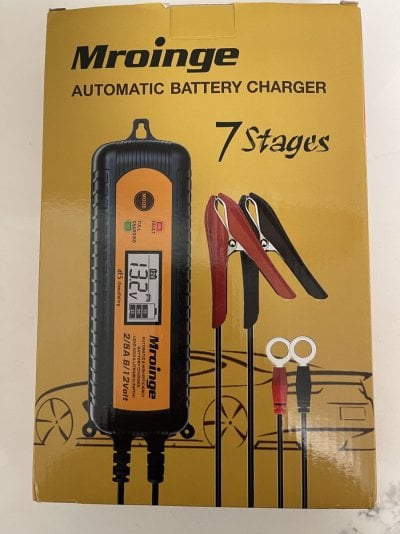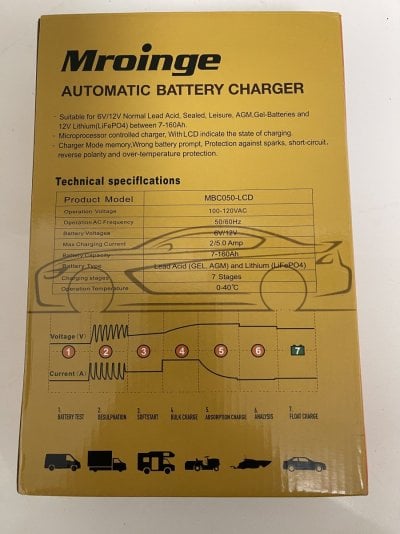This thread is to show others how and why I built a battery back up that will run my return pump for 26 hours. It includes an automatic transfer switch, 100Ah battery, and a battery monitor so I could check battery status. No, it doesn’t provide answers to every situation. But these are some things that came up when I was building mine. Here are a few points to consider about his post:
1. I wanted to run my return pump on back up. If I’m going to build my own I thought might as well make it for a return pump. It keeps my whole system running and the nozzles should provide for some flow in the tank. Also, what better way to provide gas exchange then just running the whole system?
2. I am a Firefighter so I am gone for 24 hour shifts with no one to be able to hook up a generator for long periods of time. I wanted it to run for at least the entire time I’m gone until I can get back home.
3. It must operate, change over to battery, switch back over to grid power, and recharge battery all on its own.
4. It’s bulky and ugly right now but will be cleaned up. The case is an extra one I had lying around. It will get moved into my reef cabinet and look organized when I get around to it.
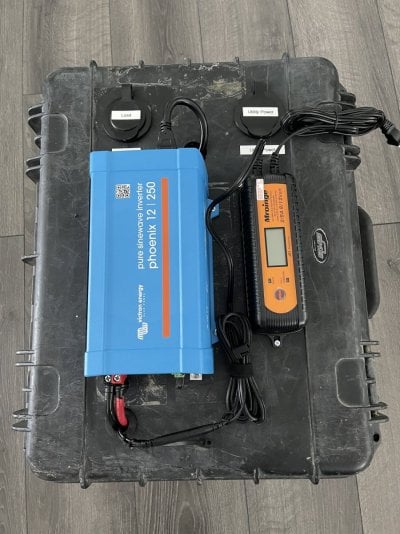
1. I wanted to run my return pump on back up. If I’m going to build my own I thought might as well make it for a return pump. It keeps my whole system running and the nozzles should provide for some flow in the tank. Also, what better way to provide gas exchange then just running the whole system?
2. I am a Firefighter so I am gone for 24 hour shifts with no one to be able to hook up a generator for long periods of time. I wanted it to run for at least the entire time I’m gone until I can get back home.
3. It must operate, change over to battery, switch back over to grid power, and recharge battery all on its own.
4. It’s bulky and ugly right now but will be cleaned up. The case is an extra one I had lying around. It will get moved into my reef cabinet and look organized when I get around to it.





